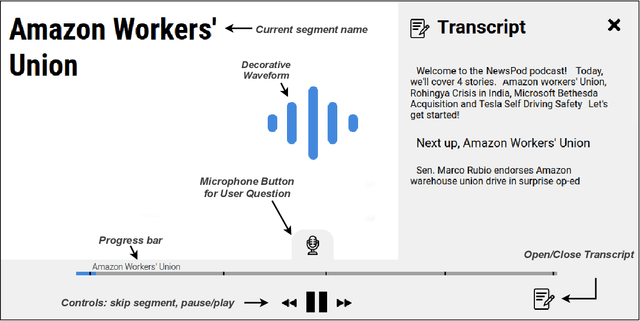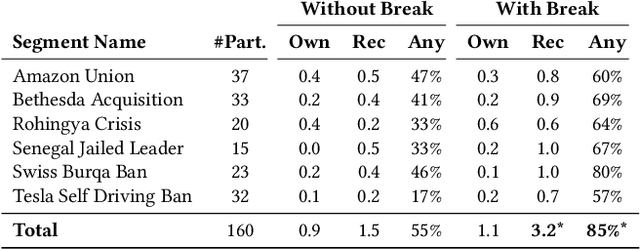Elicia Ye
Greedy Ordering of Layer Weight Matrices in Transformers Improves Translation
Feb 19, 2023Abstract:Prior work has attempted to understand the internal structures and functionalities of Transformer-based encoder-decoder architectures on the level of multi-head attention and feed-forward sublayers. Interpretations have focused on the encoder and decoder, along with the combinatorial possibilities of the self-attention, cross-attention, and feed-forward sublayers. However, without examining the low-level structures, one gains limited understanding of the motivation behind sublayer reordering. Could we dive into the sublayer abstraction and permute layer weight matrices to improve the quality of translation? We propose AEIUOrder to greedily reorder layer weight matrices in the encoder by their well-trainedness, as measured by Heavy-Tailed Self-Regularization (HT-SR) metrics, and order the decoder matrices correspondingly. Our results suggest that greedily reordering layer weight matrices to maximize Total well-trainedness facilitates the model to learn representations and generate translations more effectively.
NewsPod: Automatic and Interactive News Podcasts
Feb 15, 2022



Abstract:News podcasts are a popular medium to stay informed and dive deep into news topics. Today, most podcasts are handcrafted by professionals. In this work, we advance the state-of-the-art in automatically generated podcasts, making use of recent advances in natural language processing and text-to-speech technology. We present NewsPod, an automatically generated, interactive news podcast. The podcast is divided into segments, each centered on a news event, with each segment structured as a Question and Answer conversation, whose goal is to engage the listener. A key aspect of the design is the use of distinct voices for each role (questioner, responder), to better simulate a conversation. Another novel aspect of NewsPod allows listeners to interact with the podcast by asking their own questions and receiving automatically generated answers. We validate the soundness of this system design through two usability studies, focused on evaluating the narrative style and interactions with the podcast, respectively. We find that NewsPod is preferred over a baseline by participants, with 80% claiming they would use the system in the future.
 Add to Chrome
Add to Chrome Add to Firefox
Add to Firefox Add to Edge
Add to Edge